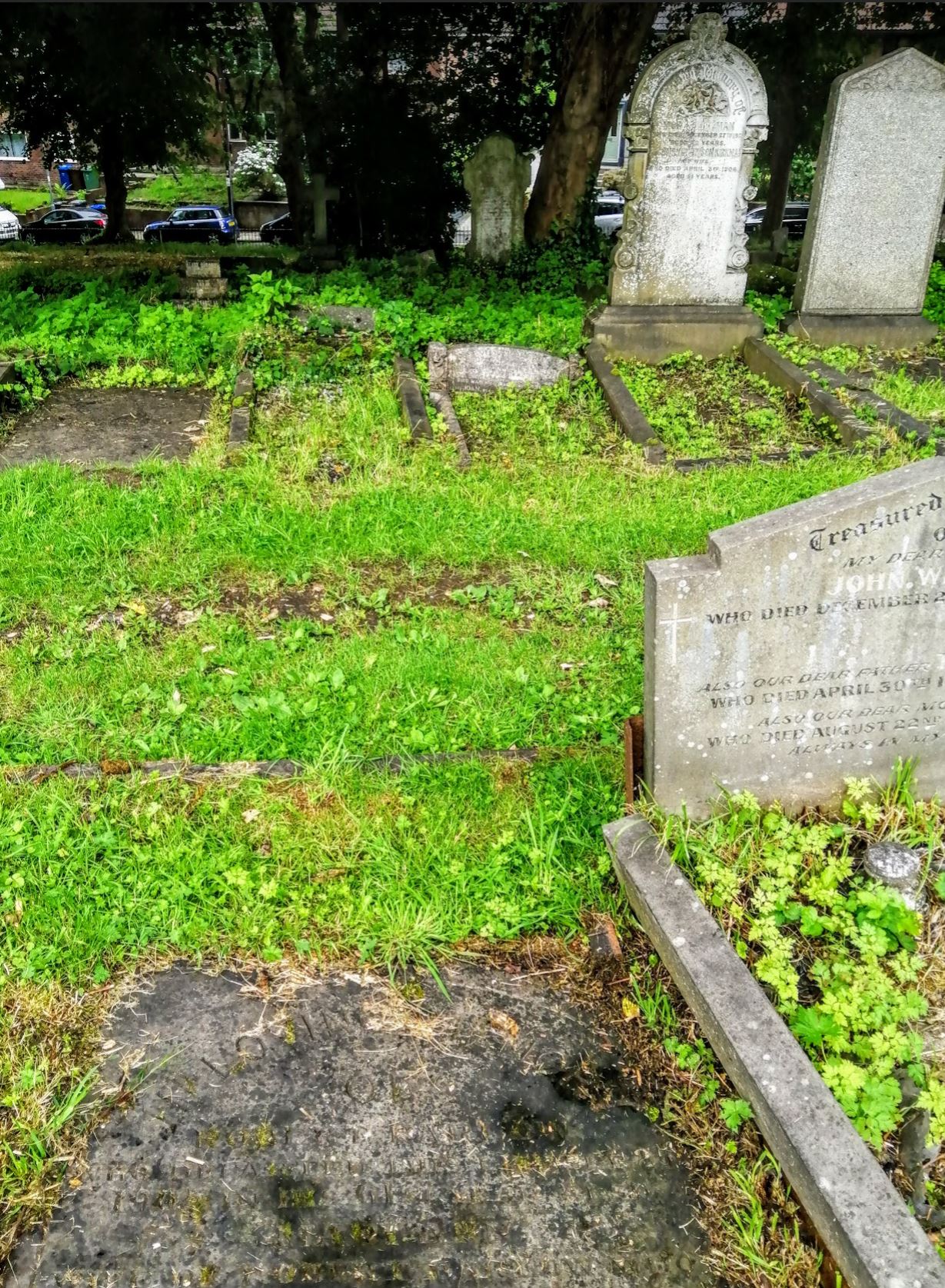 Lords
Worship
Places
People
Contact
Lords
Worship
Places
People
Contact
Myrtle Grove - Home to the Bleackley Family
Myrtle Grove ran alongside Singleton brook, at Sedgley Park, with access towards Manchester across Kersal Moor and from George Street to the North.
Two of the Bleacher families listed at Myrtle Grove were aptly named "Bleackley" and stand out as having servants in their households. There were two residences (see the map above) Spring Side and another property to the North of George Street.
They inherited their father's business upon his death in 1823. John senior had purchased the land in Prestwich from George Scholes of High Bank and George Philips of Sedgley Hall, and the business was named by the brothers: "John & Henry Bleackley Ltd". They also had use of a warehouse on Bridgewater place in Manchester.
Wiliam's son, Horace inherited the business, but also had a literary inclanation, having a story published in the Manchester Courier - read it here : "My First Play".
Horace also had a letter regarding the establishment of society in honour of two Manchester Poets.
Not shy of writing to the press, Horace also wrote a series of open letters to the Salford Fire Brigade that were published in the Manchester Courier, after a fire at Myrtle Grove in July 1891. The Work's call for assistance with the fire was declined as the works resided outside of the Salford Border. The brigade insisted Prestwich paid Manchester for Fire services, and they had contacted Manchester at the time to ensure they attended the fire.
Since the 1970's the site has been used for mixed commercial use, withe the reservoirs being filled in and built upon. Permission has now been granted for 160 residential dwellings and 2,959 sq.m of employment floorspace.
The Bleach works at Sedgley are thought to have been in operation since at least 1819. In the 1841 census Myrtle Grove was home to over ten families of Bleachers, alongside millwrights & engineers, carters and agricultural labourers.
The first such family was that of John Bleackley (b:1795), who was living with his wife Ann (b:1791), and three sons William, John and Henry. The head of the second family was Henry Bleackley (b:1801), wife Sarah (b:1791), and two daughters Catherine and Sarah. John & Henry were the sons of John Bleackley from Horwich.
On the 20th August 1842, a meeting of about 500 turnouts on Kersal Moor headed to Mr Bleackley's Dye Works in Sedgley and successfully turned the workers out on strike, before heading off to Pilkington and Unsworth. The groom of Robert Philips of The Park was exercising two horses in a lane near Prestwich, and was confronted by the turn outs and told to take the horses back in. Mobs near Kersal Moor of between 10 and 20 men armed with bludgeons, roamed the local houses demanding provisions or money.
In the following days the North of England experienced protests and riots as discontent continued to rise. Read more about Kersal Moor Riots & Races.
Henry's wife Sarah died in 1855, and Henry's elder brother John died in 1860, both are buried at St Mary's in Prestwich, location unknown.
So it was that by the census of April 1861, Henry was heading up the business and was recorded as employing 117 men, 32 boys, and 19 girls & farming hands. However Henry died the following month, again there is no known location of his graev at St Mary's. His nephew William inherited and took over the business.
In 1867, William Bleackley married Janet Kirk Rhodes of Radcliffe (b:1841). Her father John Turner Rhodes was a cloth finisher born in Huddersfield.
Despite the continued industrialisation of Manchester, William was still farming land of 50 acres, and in 1870 he won an agricultural prize for best cultivated farm. In that same year he buried his mother Alice, at St Mary's and in the following year's census, he employed on the farm and in the bleachworks, 101 men, 43 women boys & girls.
"On Saturday, April 1st, 1874, Mr. W. Bleackley, of
Myrtle Grove, entertained a large gathering of his workmen as well as many friends and neighbours, to do
honour to James Bridge, of Longfield, who had been in
Messrs. Bleackleys' employ for the long period of fifty
years. Dinner was served in a spacious tent to about
500 people. After dinner appropriate speeches were made
by Mr. W. Bleackley, the rector, Rev. H. M. Birch,
Mr. Barrett, Rev. A. Packer, &c., after which the
large company broke up highly delighted with the
entertainment."
In 1879 William died, aged 60, and the 1881 census shows his widow Janet living from annuities with several servants. In the churchyard of St Mary's, his name is inscribed on a polished, circular, granite pillar on an octagonal base carved with medallions that stands on a gabled and pillared structure. His wife went on to re-marry.
In the 40 years since the first census of 1841, the number of Bleacher families at Myrtle Grove had dropped from 10 to just 1, that of Abraham W Veare, from Tongue. The Bleackley business passed to William's son, Horace.

Horace claimed part of the works resided within Salford, and indeed he told them that he was a Salford rate payer because of this fact, he left it for his insurance company to identify any blame for damages.

During the 1890's Myrtle Grove was also used as a location for Rugby Union matches by Manchester Free Wanderers [the maps of the time show the nearby ground on Kersal Moor - today used by Salford F.C., was used for cricket, tennis & Archery]
In 1910 a second fire broke out at the Myrtle Grove Works. The Dynamo room was the seat of the fire and this time the Manchester Brigade attended, only to find that the fire had been extinguished by the workers.
The business continued into the 1950's after being transferred to Messers. Whitehead of Elton.